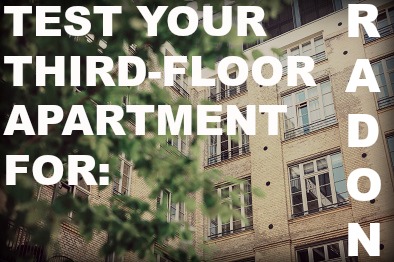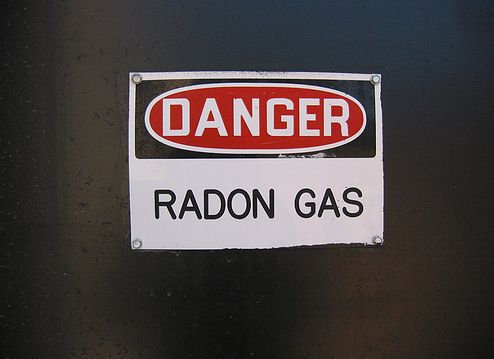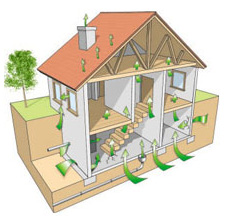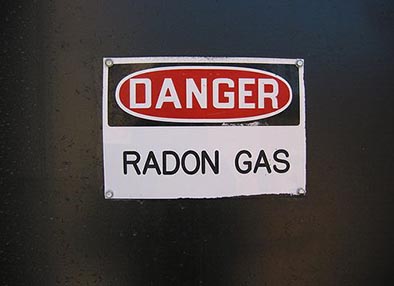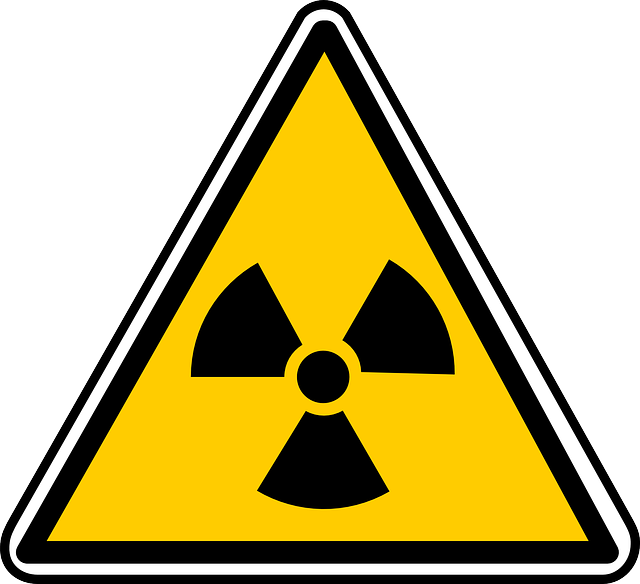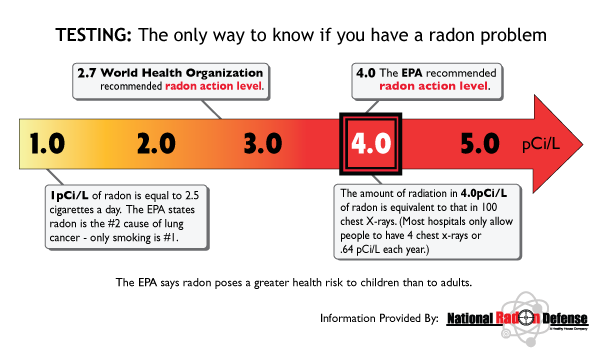EPA Works to Reduce Radon Levels
In 2011 the federal government started a program to track the progress of the EPA and its partners. Their goal was to reduce radon levels in American homes across the nation. The Federal Radon Action Plan (FRAP) Scorecard was created to track which goals have been completed by February of 2016. Many of these goals included educating the public about the dangers of radon, especially in high risk areas such as Iowa. The EPA and its partners also worked with schools, daycare facilities, hospitals, and other public buildings to test for radon and mitigate if necessary.
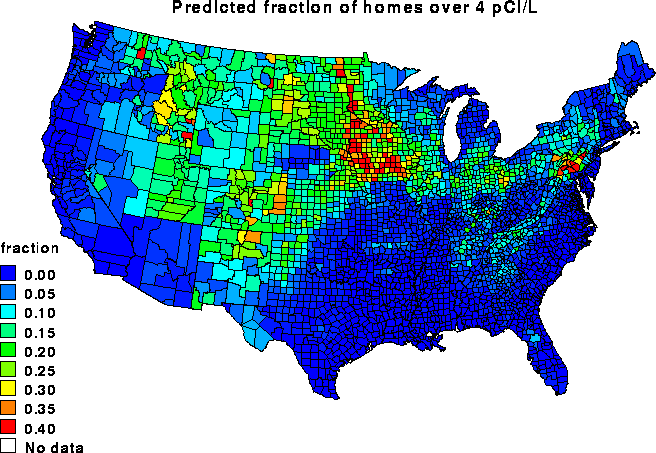 As of February 2016 the Scorecard has been posted with the final results. The majority of their goals were completed. Each of these goals will help reduce radon levels in America and decrease future issues. The end goal is to completely erase radon gas levels, and the EPA is working furiously towards that goal.
As of February 2016 the Scorecard has been posted with the final results. The majority of their goals were completed. Each of these goals will help reduce radon levels in America and decrease future issues. The end goal is to completely erase radon gas levels, and the EPA is working furiously towards that goal.
The New Plan – National Radon Action Plan
The updated program (NRAP) aims to reduce radon in five million American homes and save 3,200 lives annually in the process. By 2020 they want to have this plan completely implemented. The EPA is partnering with the American Lung Association to fight avoidable lung cancer cases caused by radon.
Ameriserv wants to help fight high radon gas levels in America. We offer radon testing and radon mitigation services to Iowa homes and businesses. Contact us today to learn more about radon and what you can do to fight back, too. Not only will you be protecting yourself from the harms of radon gas, you will be helping the future generations. Give us a call!


 So, how can we get people to understand the very real danger of radon? We believe that awareness and education could be a step in the right direction. Many people do not even know what radon is or what it can cause. Radon is a gas that is created through the natural breakdown of uranium in the earth. It rises through the soil and into homes through small basement or foundation cracks.
So, how can we get people to understand the very real danger of radon? We believe that awareness and education could be a step in the right direction. Many people do not even know what radon is or what it can cause. Radon is a gas that is created through the natural breakdown of uranium in the earth. It rises through the soil and into homes through small basement or foundation cracks. It’s great to know that kids get it. Radon is dangerous, and they are trying to do something about it. The State of Iowa Youth Advisory Council help to champion a bill to make sure that Iowa schools are tested for radon levels. This group of students researched and learned about the effects of radon which is a carcinogenic gas that occurs in Iowa in levels you don’t see just about anywhere else in the United States. Every single one of the counties in Iowa are at an elevated risk of radon exposure.
It’s great to know that kids get it. Radon is dangerous, and they are trying to do something about it. The State of Iowa Youth Advisory Council help to champion a bill to make sure that Iowa schools are tested for radon levels. This group of students researched and learned about the effects of radon which is a carcinogenic gas that occurs in Iowa in levels you don’t see just about anywhere else in the United States. Every single one of the counties in Iowa are at an elevated risk of radon exposure. So make sure you are educating your children. The more people talk about radon and it’s dangers, especially to our children in their schools, the sooner it will get done. Also, contact your local government representatives and push for this type of legislation to be approved. Our kids tried to stand up for other kids in our state. Now we need to as well! If you have questions about radon, the dangers of radon, or if you want to have
So make sure you are educating your children. The more people talk about radon and it’s dangers, especially to our children in their schools, the sooner it will get done. Also, contact your local government representatives and push for this type of legislation to be approved. Our kids tried to stand up for other kids in our state. Now we need to as well! If you have questions about radon, the dangers of radon, or if you want to have  If we find that the radon levels in your home are higher than the recommended 4.0 pCi/L in your home, we can install a radon
If we find that the radon levels in your home are higher than the recommended 4.0 pCi/L in your home, we can install a radon 